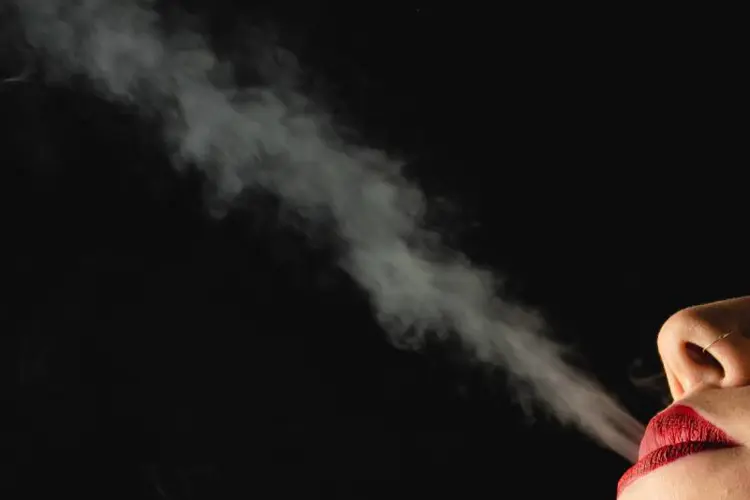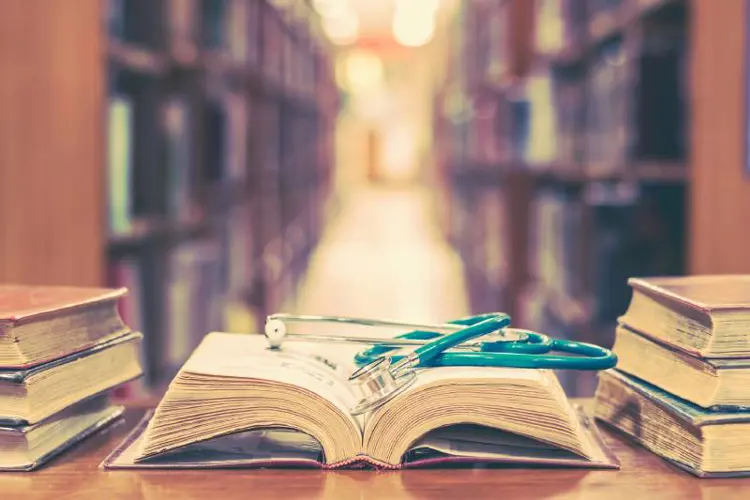Early last spring, on his way out the door at FDA, then-commissioner Scott Gottlieb spent some of his remaining credibility to warn America that vaping might cause seizures. He based his alert on 35 self-reported incidents over a 10-year-period from FDA’s Safety Reporting Portal.
Yes, you read that right: 35 events in 10 years.
“We want to be clear that we don’t yet know if there’s a direct relationship between the use of e-cigarettes and a risk of seizure,” Gottlieb admitted in a joint statement with FDA Deputy Commissioner Amy Abernathy. “We can’t yet say for certain that e-cigarettes are causing these seizures.”
“Seizures or convulsions are known potential side effects of nicotine poisoning and have been reported in scientific literature in relation to intentional or accidental swallowing of nicotine-containing e-liquids,” explained the commissioner, probably while awaiting confirmation that his post-FDA position at pharmaceutical giant Pfizer was secured.
Vapers weren’t very happy about FDA’s decision to use these implausible seizure events to pour fuel on the already raging panic over teenage vaping.
There is little chance that anyone could vape (or smoke) enough nicotine quickly enough to cause actual nicotine poisoning. The little nicotine buzz some teenagers chase with their JUULs isn’t even in the same league as an actual overdose, which involves a whole series of escalating symptoms before reaching the seizure stage.
Seizures are temporary electrical disturbances in the brain, and they usually indicate an underlying neurological condition like epilepsy. More than three million Americans—about one percent of the population—have epilepsy. It would hardly be a stretch for a few dozen vapers (out of more than 10 million) to have an epileptic disorder totally unrelated to vaping.
Gottlieb’s helpful going-away present to the vaping community earned a lot of news coverage. But its real benefit (for people trying to kill vaping) was encouraging many more adverse reports to pour in during the weeks and months following Gottlieb’s press release.
In August the agency followed up on the seizure “problem,” adding 100 new reports to the original group. Many were from people who said they filed a report after seeing news stories about Gottlieb’s April announcement. As before, they weren’t vetted by medical professionals or nicotine experts, but just tossed to the news media in a press release that featured acting FDA commissioner Ned Sharpless encouraging the public to please send more reports. Apparently 100 in four months was a letdown for the temp FDA boss.
“It is imperative that health care professionals, consumers, parents, teachers and other concerned adults, as well as youth and young adult users, report detailed information about any past or future incidents of seizures following e-cigarette use to the FDA,” said Sharpless.
“Severe nicotine poisoning is expected to cause nausea, vomiting, pallor, sweating, abdominal pain, salivation, lacrimation, muscle weakness, confusion, and lethargy before one experiences seizures”
Vapers weren’t very happy about FDA’s decision to use these implausible seizure events to pour fuel on the already raging panic over teenage vaping. That’s not how vaping works, they said. In fact, that’s not how nicotine works either. If nicotine causes seizures, why aren’t cigarette smokers experiencing similar effects? Where are the experts to debunk this nonsense? they asked, shaking their fists at the sky in impotent rage. At least that’s what I did.
Now, much too late to reverse the damage done by the FDA—but still appreciated—nicotine expert Neal Benowitz has chimed in on the fake controversy in a new article in the Journal of Adolescent Health. Benowitz is not exactly a fan of vaping, but he does recognize its value as harm reduction for smokers. What he is a fan of is telling the whole truth about nicotine’s properties and risks.
Benowitz’s article is a response to another paper in the same issue of the journal by a group of FDA Center for Tobacco Products scientists. The FDA authors examined the seizure self-reports described above, and conclude that there is an “association” between vaping and seizures. “Additional information will help to clarify the relationship between ENDS use and seizures and to understand how product attributes such as nicotine content, formulation, quantity, and other ingredients or contaminants may contribute to seizures,” they write.
But Benowitz isn’t buying it. “Analysis of the case reports in [the FDA authors’ paper] raises many questions about the nature of the seizures and other events and whether there is a causal link to nicotine vaping,” he writes. “A formal causation analysis, which has not yet been done, would likely indicate possible causation at most.”
“As mentioned before, the effects of nicotine are relatively brief and cannot explain recurrent seizures at a later time. Most likely, these individuals have a seizure disorder.”
Benowitz is an M.D. and medical professor at the University of California-San Francisco, and Chief of the Division of Clinical Pharmacology at San Francisco General Hospital. He has authored more than 500 publications, mostly about nicotine and tobacco. He is recognized as one of the world’s foremost experts on the pharmacology of nicotine, and probably the foremost.
“Severe nicotine poisoning is expected to cause nausea, vomiting, pallor, sweating, abdominal pain, salivation, lacrimation, muscle weakness, confusion, and lethargy before one experiences seizures,” Benowitz writes. “These symptoms have been reported after oral or dermal exposure; it is possible that inhalation of a high dose of nicotine may produce a different syndrome, but it seems unlikely that seizures would appear without other manifestations of systemic toxicity.”
In other words, it’s not the nicotine in a vape causing those symptoms. Benowitz is cautious enough to say a high dose of inhaled nicotine might cause “a different syndrome,” but it’s clearly nothing he’s ever encountered in decades of studying (and writing) the available science on nicotine. And he really doubts the idea that a vaper could bypass all of the lesser effects along the nicotine overdose symptom ladder and advance directly to seizures.
As for people vaping, then having seizures at some later time, Benowitz suspects those people have a seizure disorder. He isn’t certain vaping is unable to trigger a seizure in someone who already has a disorder, but he doesn’t believe nicotine could be the source of the disorder. After all, he points out, cigarette smoking doesn’t cause seizures.
There is little chance that anyone could vape (or smoke) enough nicotine quickly enough to cause actual nicotine poisoning.
“Another biological plausibility issue relates to several spontaneous reports of recurrent seizures in the absence of vaping,” he says. “As mentioned before, the effects of nicotine are relatively brief and cannot explain recurrent seizures at a later time. Most likely, these individuals have a seizure disorder. Whether nicotine can trigger a seizure in a person with an underlying seizure disorder is unclear.”
Unable to find a plausible mechanism by which vaping nicotine could cause a seizure, Benowitz reminds readers of the harm reduction value of vaping for smokers. “At this point in time, I would not consider seizures to be a potential adverse effect that should influence the decision of an adult smoker to use e-cigarettes to try to stop smoking conventional cigarettes,” he writes
Benowitz ends his discussion of seizures and vaping by addressing the tendency of anti-nicotine public health officials and politicians to jump directly to prohibition as a remedy for youth vaping. He lives in San Francisco, which has banned all vaping products (unless they’re approved by the FDA). And he works at the same university as noted prohibitionist Stanton Glantz, who cheered that ban—and cheers every other ban, tax, and restriction on vaping, no matter where it occurs.
“Some public health authorities and politicians have urged banning the sale of e-cigarettes completely to reduce e-cigarette use in youth,” he writes. “The public health cost of such a policy would be to deny adult smokers the availability of a cessation aid that may be lifesaving.”
The Freemax REXA PRO and REXA SMART are highly advanced pod vapes, offering seemingly endless features, beautiful touchscreens, and new DUOMAX pods.
The OXVA XLIM Pro 2 DNA is powered by a custom-made Evolv DNA chipset, offering a Replay function and dry hit protection. Read our review to find out more.
The SKE Bar is a 2 mL replaceable pod vape with a 500 mAh battery, a 1.2-ohm mesh coil, and 35 flavors to choose from in 2% nicotine.
Because of declining cigarette sales, state governments in the U.S. and countries around the world are looking to vapor products as a new source of tax revenue.
The legal age to buy e-cigarettes and other vaping products varies around the world. The United States recently changed the legal minimum sales age to 21.
A list of vaping product flavor bans and online sales bans in the United States, and sales and possession bans in other countries.


















